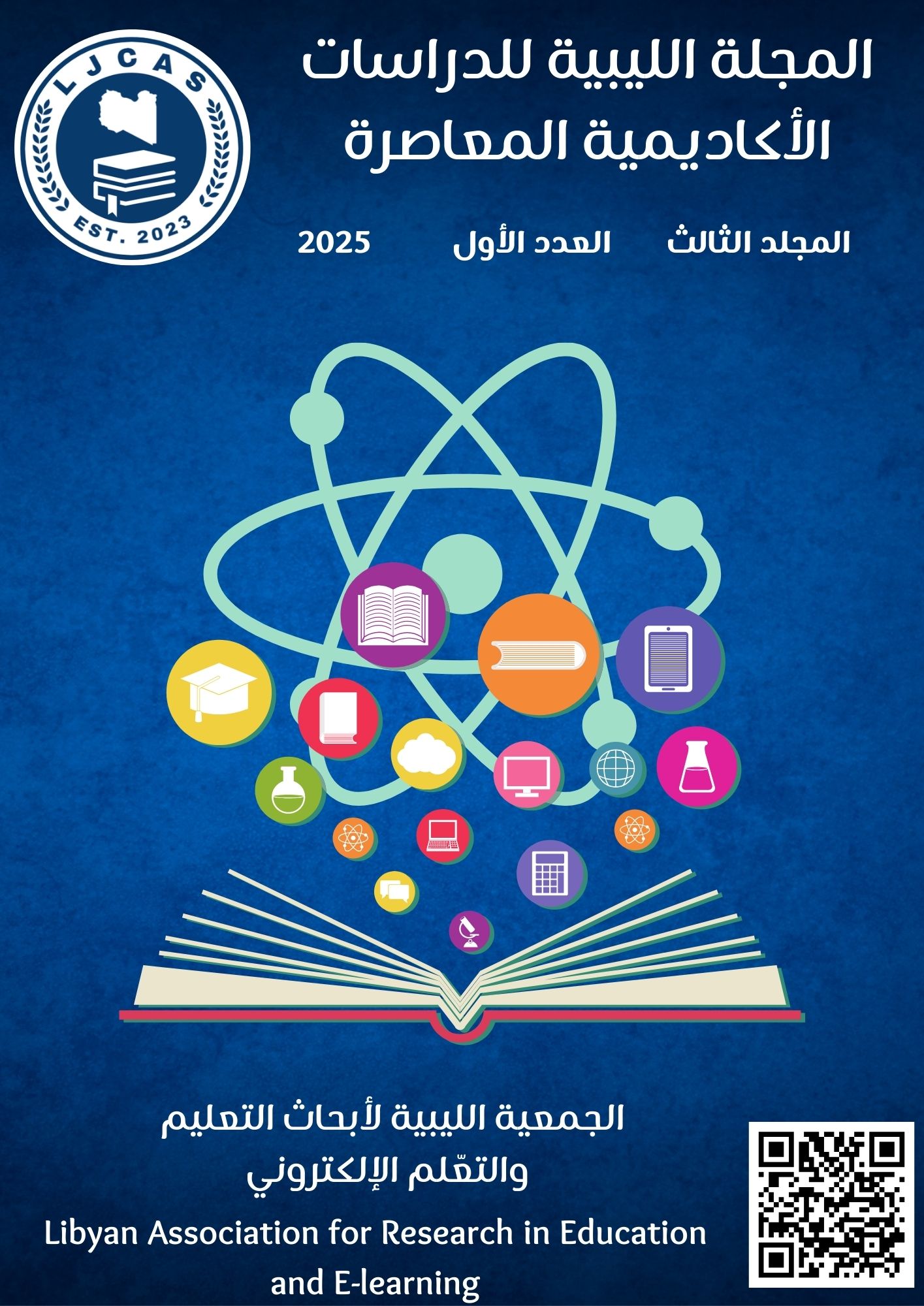Translating Idioms from English to Arabic: Challenge sand Strategies
Keywords:
Idiomatic Expressions, Translation Strategies, Literal Translation, Cultural Substitution, Descriptive Translation, Social Media, Language, Professional Translators, Translation Education, Arabic-English TranslationAbstract
The purpose of this research was to investigate the problems and strategies employed in translating English idiomatic expressions into Arabic. A quantitative strategy was employed, in which a Likert-scale questionnaire was utilized to examine how translators deal with the challenges involved in translating idiomatic expressions and how they go about resolving these issues. The population consisted of translation students and professional translators with expertise in both Arabic and English and were selected based on the combination of random sampling and convenience sampling techniques. The findings revealed that literal translation remains one of the most preferred approaches among the professional translators and the students alike, yet even more of them employed other methods such as cultural substitution and descriptive translation where the literal translation was not suitable. Furthermore, the research indicated that more experienced translators would tend to prefer approaches that need a better understanding of the target culture. The participants in the age group of 18-24 years indicated that they encountered more difficulties translating idiomatic expressions than their older counterparts. Further, the research identified the role of digital and social media platforms in the process of idiomatic translation.
A significant number of respondents concurred that the language on the platforms affects their translation approaches. In summary, the research stressed the importance of more developed educational curricula on cultural translation approaches and stressed the significance of the implementation of training programs for translators to develop their competence in this aspect.







